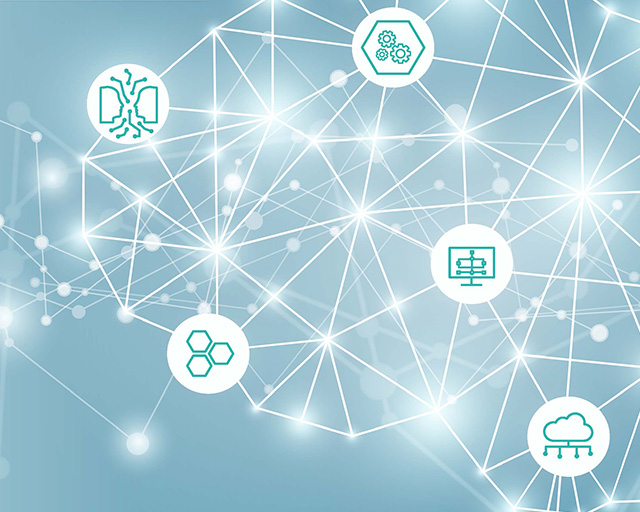Fraunhofer researchers publish white paper
Scalable manufacturing of pharmaceuticals for innovative therapies
Automate, standardize, digitalize - buzzwords that are currently important in virtually all fields, including the manufacture of medical products or pharmaceuticals. An important goal thereby is quality assurance with a simultaneous reduction in costs. In their white paper “Scalable manufacture of ATMPs”, researchers from nine different Fraunhofer institutes, including the Fraunhofer IST, use the example of novel and personalized cell and gene therapeutics to discuss which core building blocks are necessary for standardized and automated production.

Advanced therapy medicinal products (ATMPs for short) are a beacon of hope when it comes to treating serious hereditary diseases or cancer. Currently, however, the manufacture of ATMPs often requires the utilization of complex and only partially automated equipment. Many processes must be set up manually, which is time-consuming, labor-intensive and, as a result, expensive. The goal is therefore to standardize and automate the production of ATMPs. In the development and production of new active ingredients and the utilization of therapeutic cells, as well as within the respective production and process chains, surfaces often play a decisive role. Within the framework of the white paper, the Fraunhofer IST has therefore examined, using various model data-based approaches, how existing production systems can be further developed and development times shortened with the aid of coating processes and surface properties.
Of particular significance in this context are sterile and antimicrobial surfaces, which can be produced by heat, plasma or UV treatment, for example, and which ensure that neither personnel nor products become contaminated. Barrier and diffusion layers or anti-adhesive coatings are a further example; they allow, for example, residue-free transport in closed systems such as feeder hoses and prevent a change in the concentration of active ingredients in dosing systems, e.g. due to adhesions.
Editor:
Prof. Dr. Thomas Bauernhansl (Fraunhofer IPA)
Prof. Dr.-Ing. Christian Brecher (Fraunhofer IPT)
Prof. Dr. Anita Schöbel (Fraunhofer ITWM)
Prof. Dr.-Ing. Peter Liggesmeyer (Fraunhofer IESE)
Prof. Dr.-Ing. Welf-Guntram Drossel (Fraunhofer IWU)
Prof. Dr.-Ing. Peter Elsner (Fraunhofer ICT)
Prof. Dr.-Ing. Christoph Herrmann (Fraunhofer IST)
Prof. Dr. h. c. Dr.-Ing. Eckart Uhlmann (Fraunhofer IPK)
Prof. Dr. Dr. Ulrike Köhl (Fraunhofer IZI)
Year:
2022
Last modified: